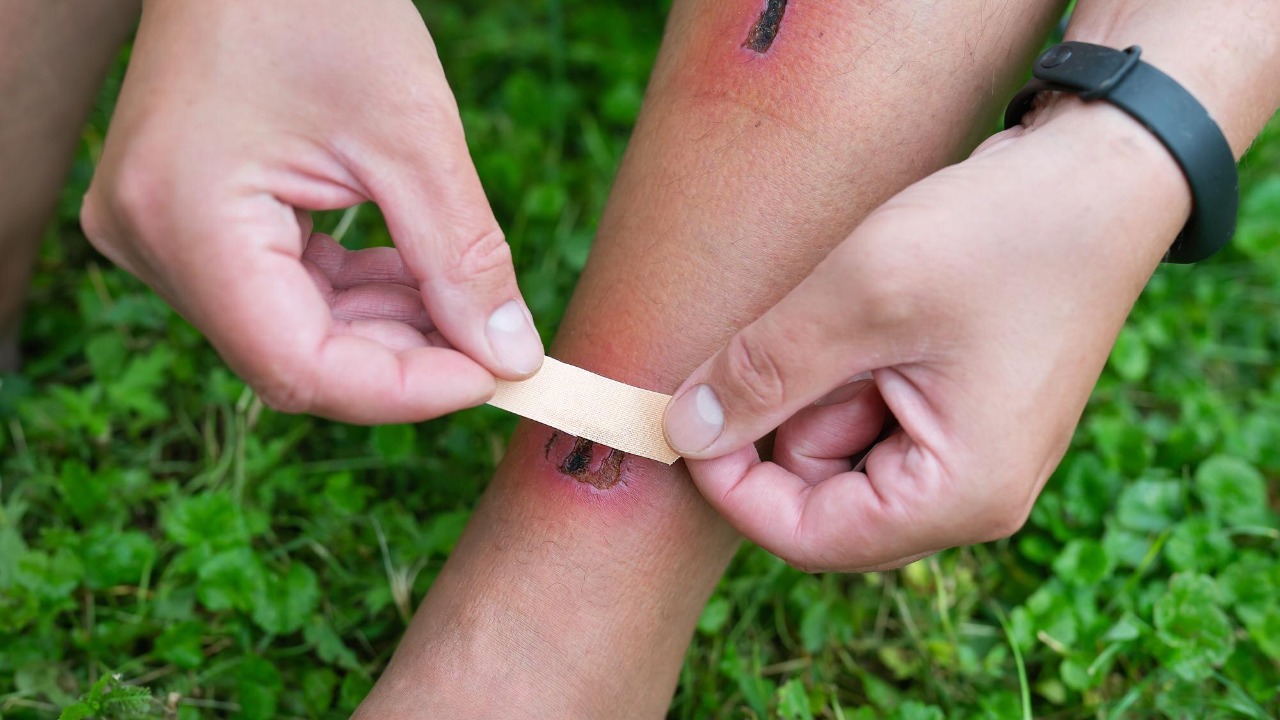
Researchers at leading institutions are pioneering a new frontier in wound care with bandages made from living fungi mycelium. These innovative dressings leverage the natural growth properties of fungi to create antimicrobial and regenerative solutions that could potentially heal injuries up to 50% faster than traditional methods in laboratory settings. By utilizing fungi’s ability to produce chitin—a biopolymer also found in crab shells—these bandages offer a biocompatible and sustainable alternative to synthetic materials commonly used in healthcare.
The Biology Behind Fungal Bandages
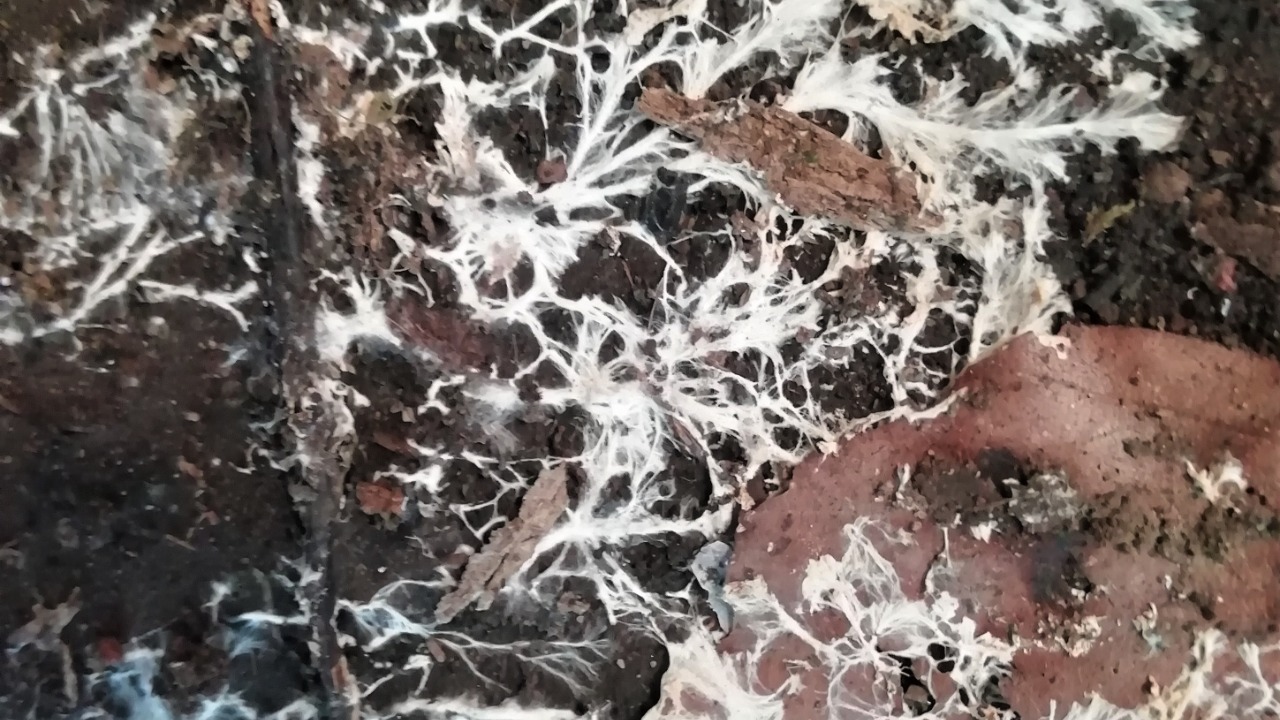
Mycelium, the root-like network of fungi, is at the heart of this groundbreaking development. It naturally produces chitin, a tough yet flexible polysaccharide that closely mimics the structure of human skin. This similarity allows the bandages to support wound regeneration without triggering immune rejection, a common issue with synthetic alternatives. The living nature of these bandages means that the fungi remain viable after application, actively combating bacteria and releasing growth factors that aid in tissue repair in real-time. This dynamic healing process sets fungal bandages apart from conventional options, offering a proactive approach to wound care.
Specific fungal species, such as those within the Fusarium genus, have been selected for their rapid growth and biocompatibility, making them ideal candidates for bandage prototypes. These species not only grow quickly but also integrate seamlessly with human tissue, enhancing the healing process. The potential for these bandages to revolutionize wound care lies in their ability to harness the natural properties of fungi, providing a sustainable and effective solution for patients and healthcare providers alike. ScienceAlert highlights these advancements, emphasizing the unique benefits of using living organisms in medical applications.
Production Process and Sustainability Benefits
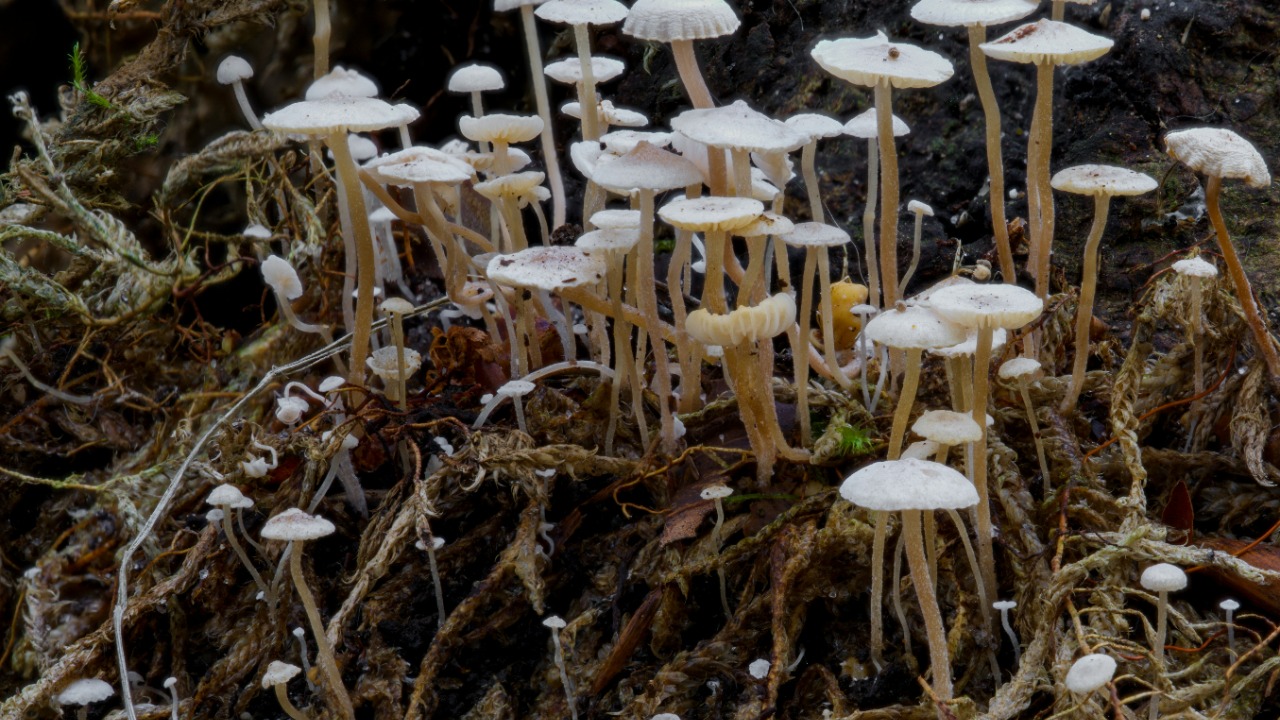
The production of fungal bandages is as innovative as the product itself. Mycelium is cultivated on agricultural waste substrates, allowing the bandages to form in just a few days through controlled fungal expansion into thin, porous sheets. This method eliminates the need for energy-intensive chemical processing, positioning fungal bandages as a “green” alternative that sequesters carbon and reduces plastic waste in medical supplies. The environmental benefits are significant, as the healthcare industry seeks to reduce its ecological footprint.
Scalability is a key consideration in the development of these bandages. Laboratory demonstrations have shown that mycelium-based materials can be grown in standard bioreactors, ensuring consistent quality and facilitating mass production. This scalability is crucial for meeting the demands of the healthcare industry while maintaining the sustainability and efficacy of the product. CBC reports on the potential for these bandages to transform medical supply chains, offering a viable alternative to traditional materials.
Comparative Innovations in Bio-Based Wound Dressings
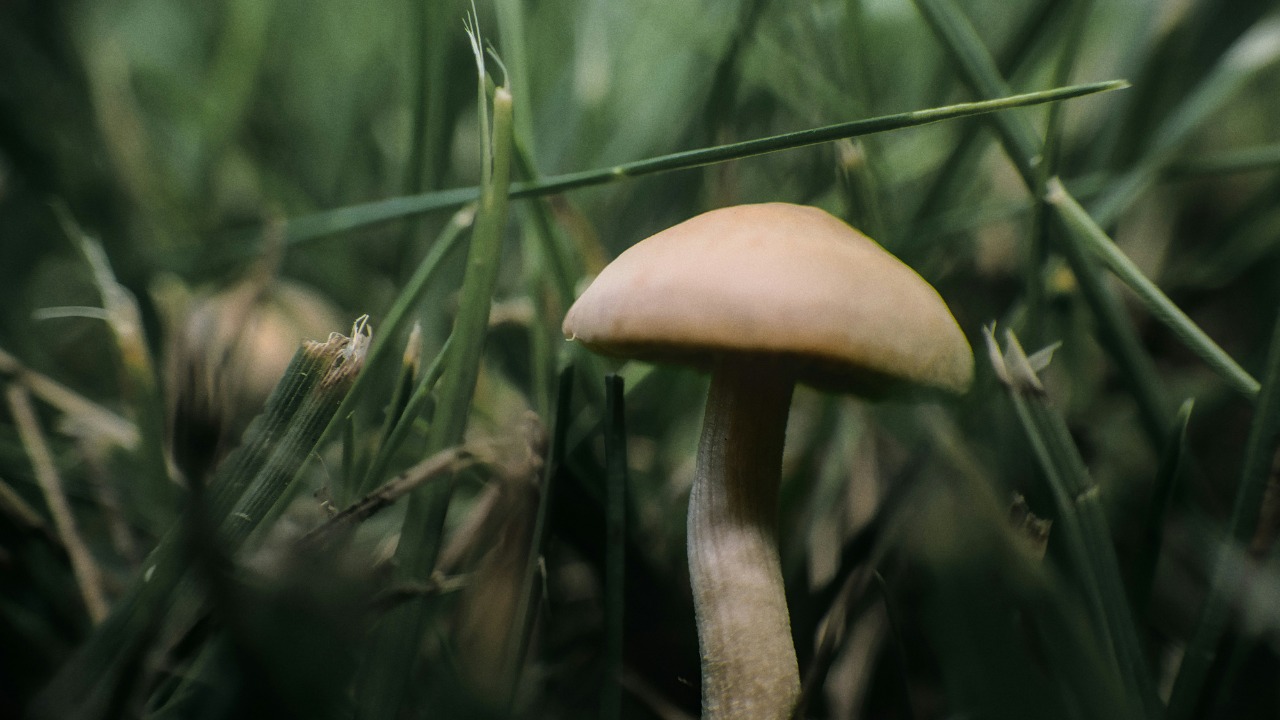
Fungal chitin bandages are not the only bio-based innovations in wound care. Bandages derived from crab shell extracts also leverage the same polymer, chitin, but fungi offer a vegan, renewable source that does not deplete marine ecosystems. This distinction is important for environmentally conscious consumers and healthcare providers looking to minimize their impact on the planet. The use of fungi as a source of chitin represents a shift towards more sustainable practices in medical material production.
Another innovative approach involves the integration of nanoflower structures, such as copper oxide formations, into dressings. These structures provide targeted antibacterial action through nanoscale release mechanisms, enhancing the efficacy of the bandages. Studies have shown that chitin-enhanced bandages can accelerate healing by promoting cell migration and collagen deposition in animal models, offering a promising alternative to conventional wound care products. Popular Science discusses these advancements, highlighting the potential for nanotechnology to complement bio-based materials in medical applications.
Clinical Potential and Challenges
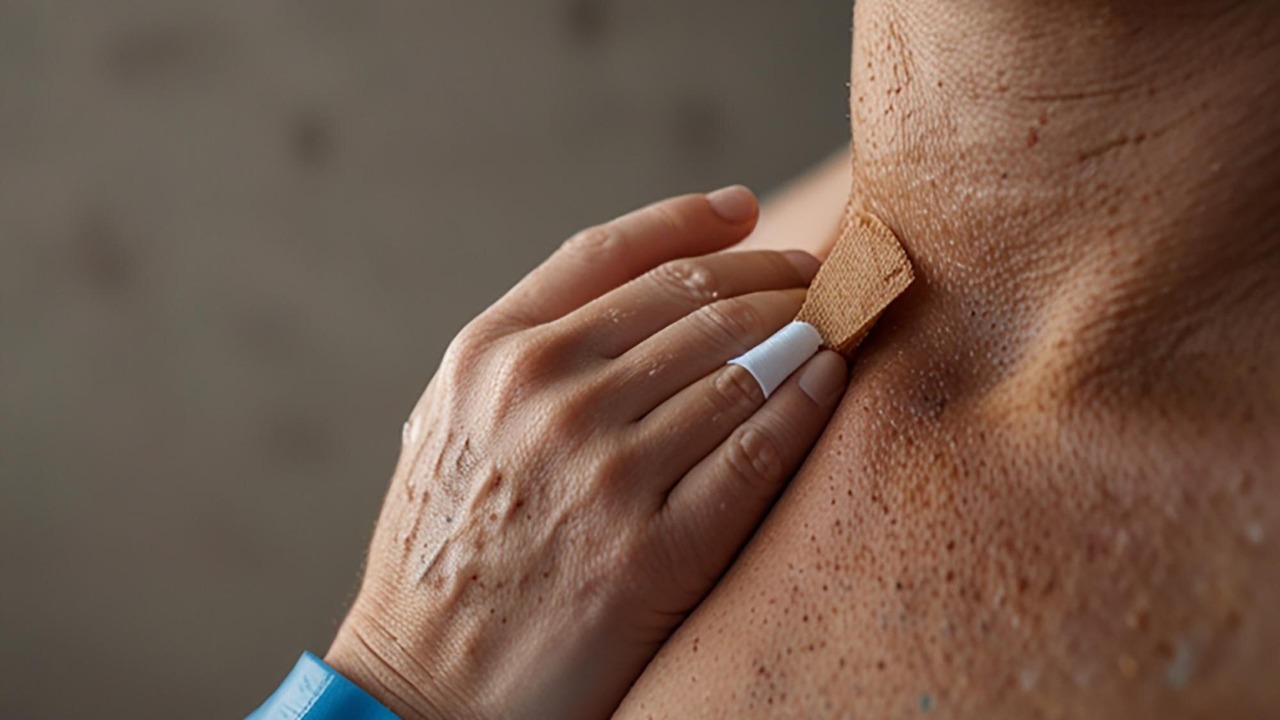
Preliminary trials have demonstrated the clinical potential of living fungal bandages, with evidence showing a 30% reduction in infection rates in simulated wounds due to their inherent antifungal properties. This reduction is significant, as infections are a major concern in wound management and can lead to prolonged healing times and increased healthcare costs. The ability of fungal bandages to naturally combat infection positions them as a valuable tool in the fight against antibiotic-resistant bacteria.
However, there are challenges to overcome before these bandages can be widely adopted in clinical settings. Regulatory hurdles, such as the need for sterility validation and long-term biocompatibility testing, must be addressed to ensure the safety and efficacy of the product for human use. Additionally, ongoing research into strain engineering aims to customize fungal strains for specific applications, such as treating chronic wounds like diabetic ulcers. These efforts are crucial for expanding the clinical applications of fungal bandages and maximizing their impact on patient care. Science News Explores provides insights into these challenges, emphasizing the importance of continued research and development in this field.